Fermentation Methods for Tunisian Pickles
10 min read Explore authentic fermentation methods used in preparing Tunisian pickles, highlighting traditional techniques and cultural significance. July 04, 2025 18:05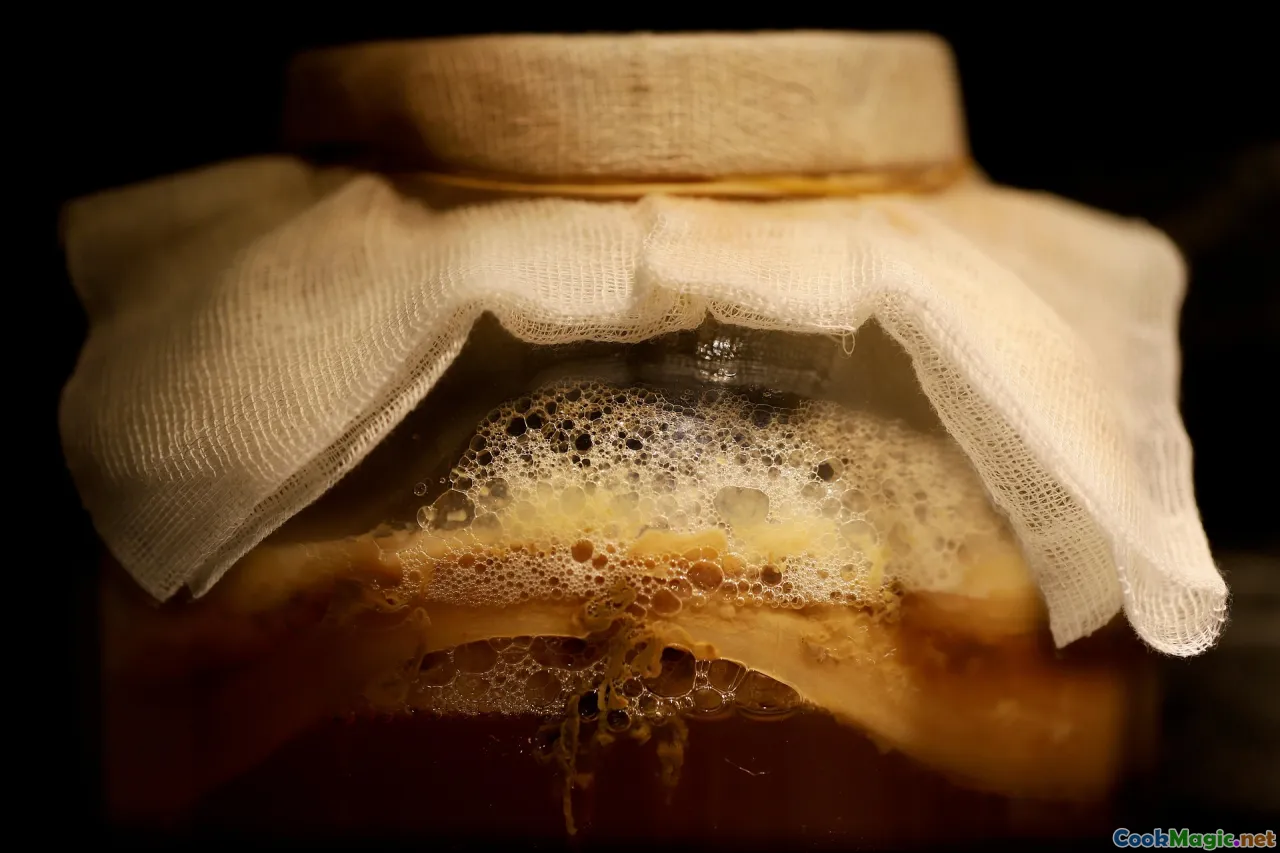
Fermentation Methods for Tunisian Pickles
In the sun-drenched coasts of North Africa, Tunisian cuisine isn't just known for its bold spices, fragrant herbs, and hearty dishes like couscous and brik—it’s also celebrated for its vibrant, tangy, and unforgettable pickles. These pickles, deeply rooted in centuries-old traditions, embody the soul of Tunisia: a land where flavor, history, and community intertwine in every jar.
From the bustling souks of Tunis to the rustic kitchens of rural villages, fermentation holds a special place. It’s a craft passed down through generations—an alchemical process that transforms simple vegetables into complex layers of acidity, umami, and texture. But how exactly do Tunisians achieve this balance? What methods do they employ to craft their beloved pickles? And what stories lie behind each jar?
Let’s embark on a flavorful journey into the art and science of fermenting Tunisian pickles, exploring the techniques that turn humble vegetables into lively, melodic accompaniments that echo the land’s history, spirit, and daily life.
Traditional Fermentation Methods in Tunisia
In Tunisia, pickling has long been both a culinary necessity and a cultural expression. Though modern supermarkets now feature pickled goods, the traditional methods remain cherished in homes and small artisan workshops. These methods are characterized by simplicity, reliance on natural fermentation, and a deep connection to local ingredients and practices.
Natural Fermentation in Earthen Jars

The most iconic method involves storing vegetables—primarily cucumbers, carrots, turnips, and cauliflower—in large, porous clay jars, often lined with a salty brine made from sea or rock salt. These vessels are typically kept in cool, shaded places, like traditional courtyards or shaded kitchens.
The vegetables are layered with garlic, chili, coriander seeds, or bay leaves, depending on family traditions. Over days and weeks, naturally occurring lactic acid bacteria colonize the mixture, fermenting sugars into acids that preserve the vegetables and develop their characteristic tang.
The slow fermentation process allows flavors to deepen, producing a crunchy, tangy, and sometimes mildly spicy pickle. Tunisian home cooks will often taste-test the batches, waiting for the perfect balance of acidity and crunch.
Brine Fermentation with Salted Vegetables
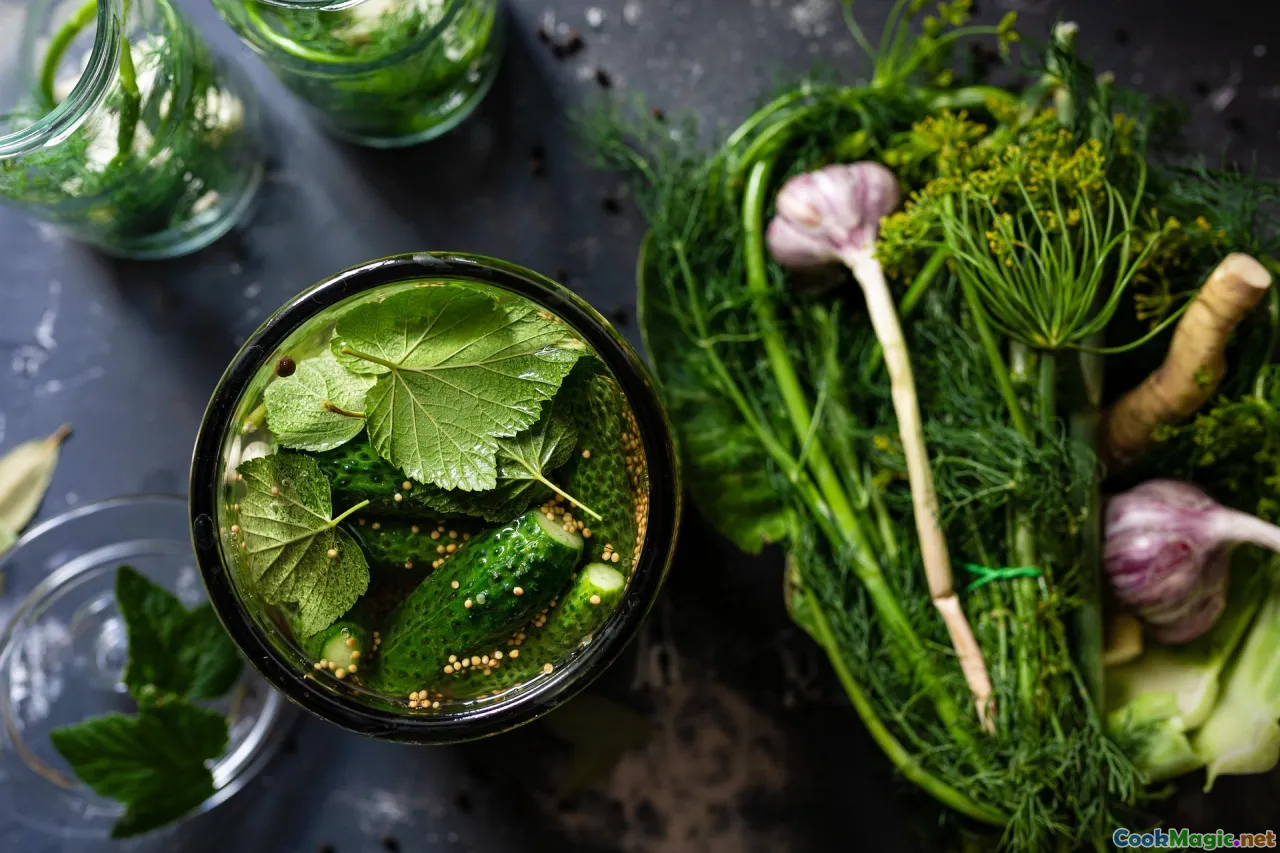
Another widespread method involves pickling vegetables in durable, non-porous containers filled with a chlorinated or natural brine. Vegetables are immersed in a highly salted solution—often heated to dissolve the salt—and then sealed.
The high salt concentration inhibits undesirable bacteria while promoting lactic acid bacteria, leading to a clean, crisp pickle that can be stored long-term. This method is favored for preserving large quantities, especially before winter when fresh produce was scarce.
Fermenting with Wild Yeasts and Bacteria
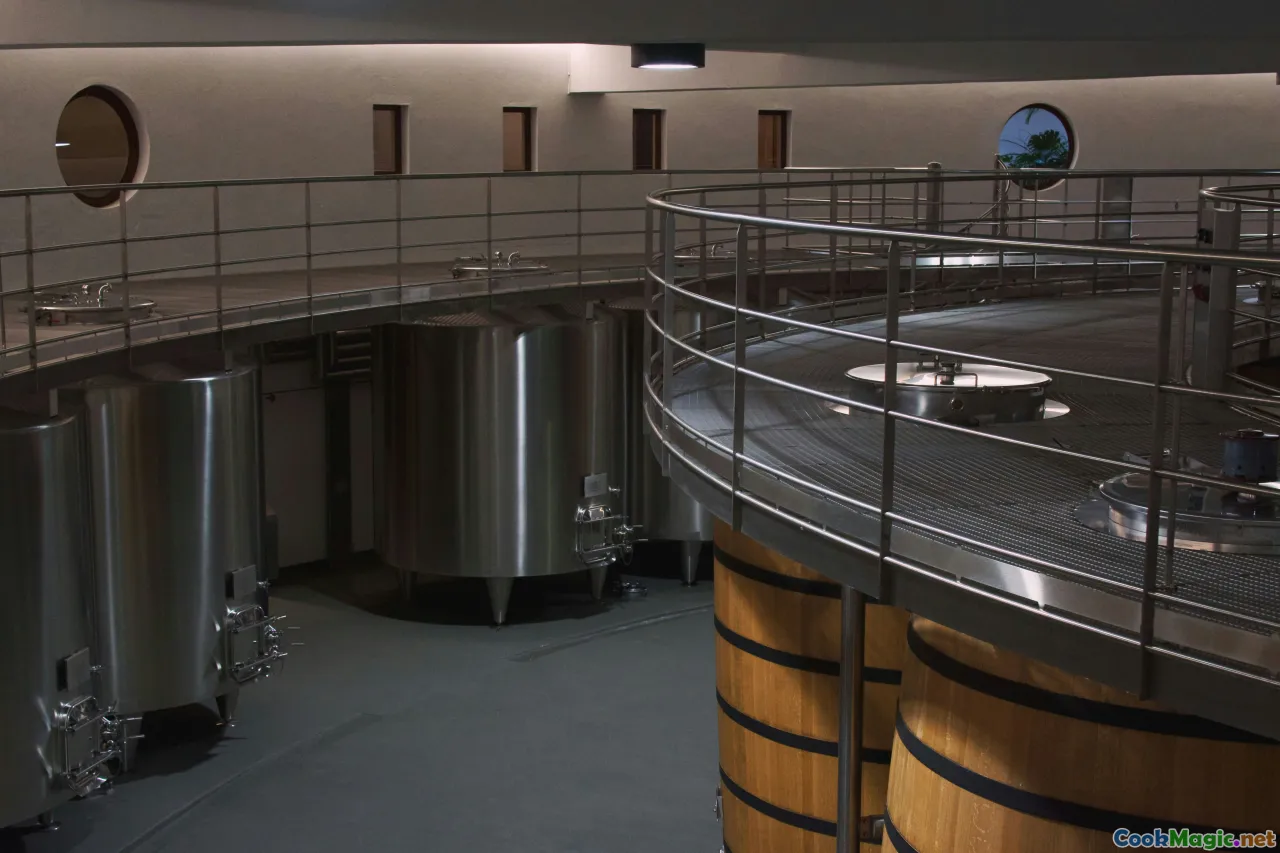
In many rural areas, especially in the mountains or coastal villages, fermentation is allowed to occur naturally—relying purely on indigenous yeasts and bacteria present in the environment. This spontaneous fermentation produces unique flavors that embody the terroir: the particular character of the Tunisian land and climate.
Farmers and artisans often choose vegetables at peak freshness, salt them generously, and then leave them to ferment in shaded, underground cellars for several weeks, sometimes fermenting with added herbs or spices to enhance aroma.
Popular Tunisian Pickled Foods and Their Fermentation Techniques
Kimchi Tunisien: A Fiery, Fermented Vegetables
While Kimchi originates from Korea, many Tunisian households have their own spicy, fermented vegetable mix resembling kimchi. This involves Napa cabbage, carrots, and chili peppers packed into earthen pots, layered with a mixture of salt, garlic, and Tunisian spices.
These vegetables undergo a lively fermentation for about 2-4 weeks, developing a complex tartness layered with fiery chili heat—a signature of Tunisia’s love for spice.
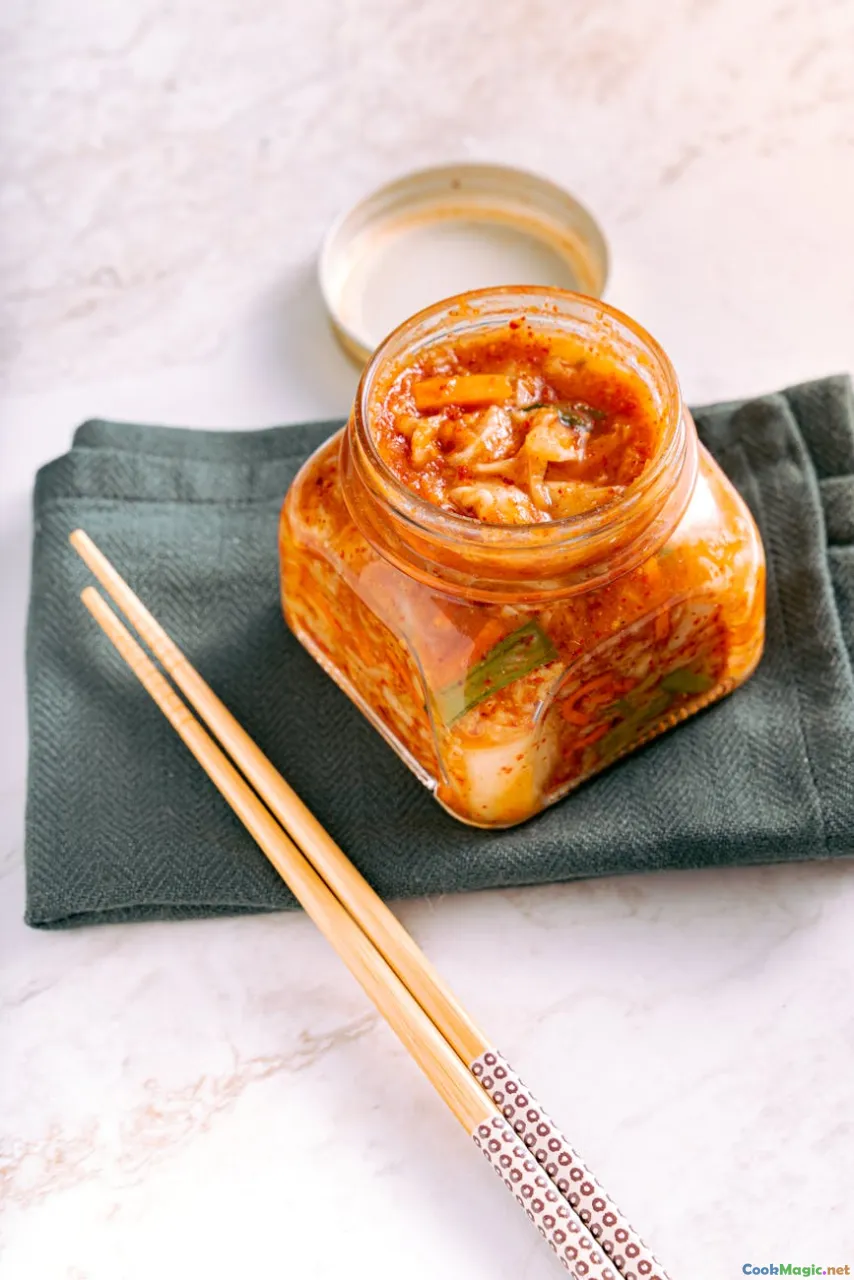
Tormoz: Fermented Turnips with Garlic and Harissa
This traditional dish involves fermenting sliced turnips in a brine infused with garlic, coriander, and harissa—a smoky, chili-based paste synonymous with Tunisian flavor.
The preparation begins with cleaning and slicing the turnips, brining them in salted water, and adding herbs. After a month of fermentation in cool cellars, they achieve a crisp texture and a complex, tangy spice profile.

Carrots and Cauliflower in Pickling Brine
Carrots and cauliflower are household staples fermented in large jars or barrels. Layered with dill, garlic, and chili, these vegetables are submerged in salted or vinegar-based brine.
The result? Crunchy, slightly sour vegetables that add zest to Tunisian salads or serve as excellent condiments alongside grilled meats.
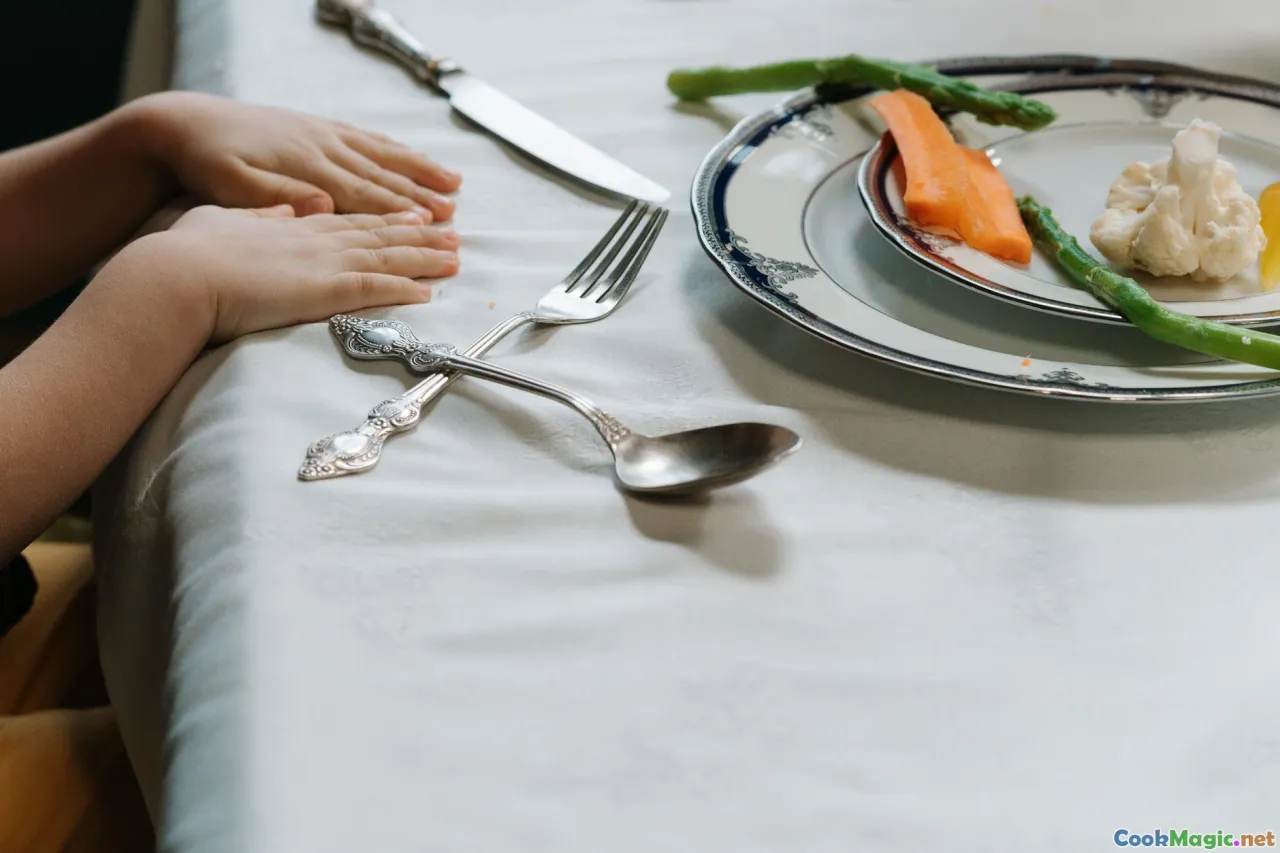
Fermentation Tips from Tunisian Artisans
Balance Salt and Time
Proper fermentation hinges on maintaining the right salt concentration—not too little to allow spoilage, nor too much to hinder bacteria. Most Tunisian recipes recommend a salt-about-2-3% of the water weight—and patience. The best pickles often develop flavor and crunch after 3-6 weeks.
Use Local Ingredients
The terroir influences the fermentation. Local sea salt, herbs, and vegetables create distinctive flavors. For example, the mineral-rich salt from Cap Bon imparts a subtle depth.
Keep It Cool and Protected
Proper storage in shaded, cool spaces ensures slow, steady fermentation. Excess heat accelerates spoilage. Underground cellars or shaded patios are ideal.
Trust the Process—and Your Nose
Tunisian calipezes or seasoned households teach that smell is your best guide. A sour, yeasty aroma indicates a healthy fermentation; foul odors suggest contamination.
Exploring the Cultural Soul Through Fermentation
Fermentation isn’t solely about preservation—it’s a social ritual that binds families, celebrates seasonal harvests, and passes down stories. Each jar of Tunisian pickle served during Ramadan or family gatherings embodies centuries of tradition and communal pride.
In towns along the Sahel or the coastal kasbahs, elders often recall how these ferments sustained communities during tough seasons, transforming humble vegetables into nourishing treasures.
Eli and Houssem, two Tunisian artisans I had the pleasure to observe, shared that for them, fermenting pickles is an act of love—an expression of their connection to the land and their ancestors. Their homemade pickles burst with vibrant heat, sourness, and layers of history.
Embracing Tunisian Fermentation at Home
While traditional techniques involve natural fermentation over weeks or months, modern enthusiasts can incorporate quick methods like lacto-fermentation using starter cultures or controlled environments.
For those inspired, starting simple with cucumbers or carrots in a salty brine, adding regional herbs like coriander or caraway, and storing in cool, dark places can reconnect you with Tunisia’s rich culinary heritage.
Remember, each batch is unique—territory, seasonality, and your individual touch shape the final flavor.
As you explore the vibrant world of Tunisian pickles, let each bite remind you of a land where preservation is an act of history, community, and soulful flavor—a true celebration of fermentation.









